Breaking barriers: women leaders from our history
Last updated 6 March 2024
By Mehzebin Adam-Suter, museum curator at the British Red Cross
Although it is widely known that women have played a significant role in nursing and caring for the sick and wounded throughout the history of the British Red Cross, their contributions as influential leaders are often overlooked.
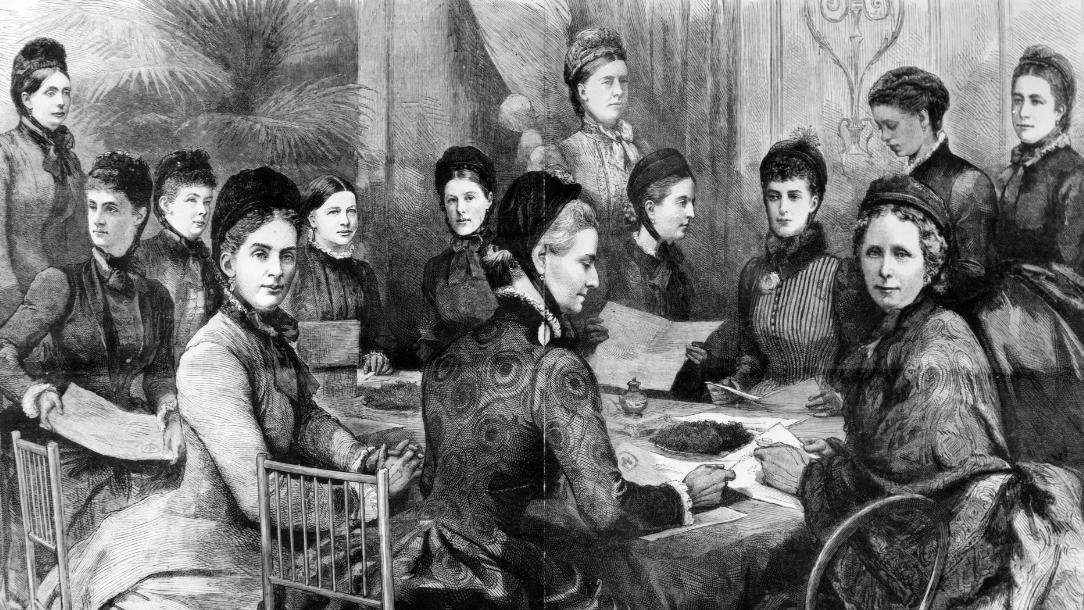
Members of a branch of the Ladies Committee at a meeting, 1885. PHOTO: British Red Cross Museum and Archives
The Ladies Committee: defying social norms
When the British Red Cross (initially the National Society for Aid to the Sick and Wounded in War) was founded in 1870, an all-male committee was formed.
So a group of formidable women with an interest in the work formed their own.
The Ladies Committee, as it was called, paved the way for future generations of female leaders at the British Red Cross. These women were trailblazers who defied social norms to ensure women had a seat at the table.
Here’s a little more about them.
Jane Nassau Senior (1828-1877)
Jane Senior is well-known for becoming Britain’s first female civil servant in 1873 despite extensive opposition. She was also a member of an informal but influential circle of female social reformers, artists, and philanthropists, which included Florence Nightingale and Ocatvia Hill.
During the Crimean War, Senior helped distribute medical and relief supplies for the wounded. Her passionate advocacy of humanitarian causes led her to become a vital member of the Ladies’ Committee, overseeing millions of pounds of donated relief supplies.
She collaborated with Florence Nightingale and Princess Christian to support the new Society’s activities in the conflict. In 1871, she was awarded one of the first British Red Cross medals in recognition of her work.
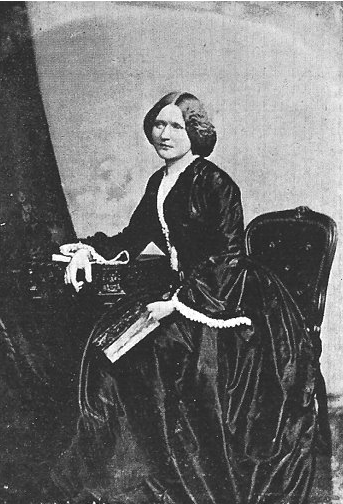
Jane Nassau Senior / PHOTO: British Red Cross Museum and Archives
Princess Christian of Schleswig-Holstein (1846–1923)
Princess Christian of Schleswig-Holstein, formerly Princess Helena, was the daughter of Queen Victoria and Prince Albert. Her achievements have often been overshadowed by her siblings, particularly her more widely known brothers.
She became the chair of the Ladies’ Committee in 1870 and provided support during the Franco-Prussian War, recruiting nurses and distributing relief supplies.
In addition, Princess Christian helped to fund the first purpose-built hospital train in 1899. The hospital train was used to distribute relief items and transport the wounded to Cape Town during the Second Boer War. By the end of the war, it had transported 7,548 wounded soldiers.
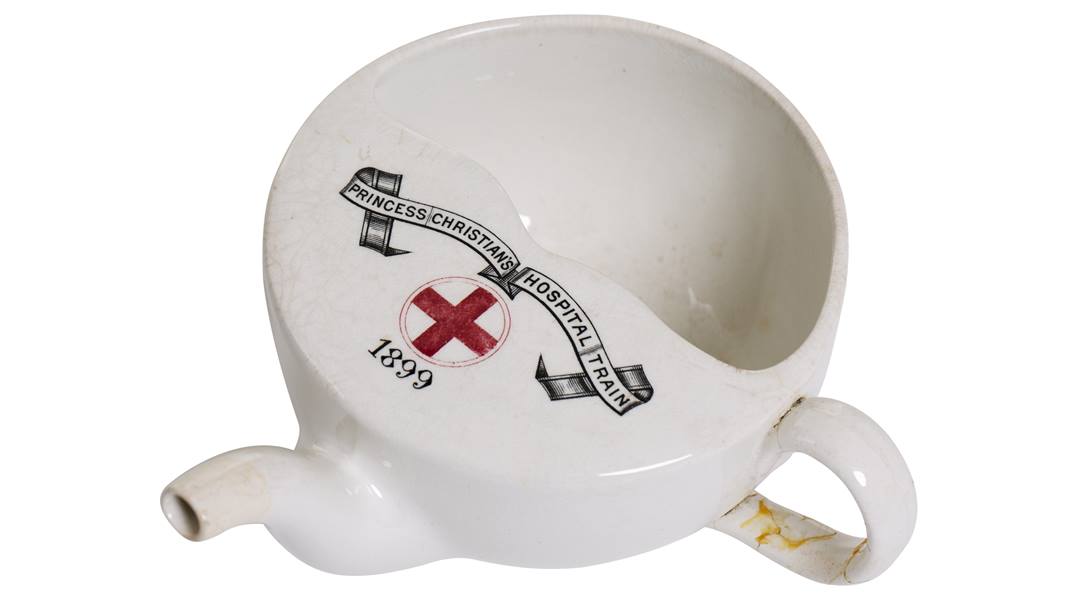
Princess Christian’s Hospital Train feeding cup from 1899 / PHOTO: British Red Cross Museum and Archives
Mary Stanley (1813-1879)
Mary Stanley, a follower of Florence Nightingale, helped with the recruitment of nurses to care for the sick and wounded during the Crimean War.
After the war, she continued with her humanitarian work, creating employment for soldiers' wives and helping to alleviate the suffering of unemployed Lancashire cotton workers during the 'cotton famine' in 1861.
In 1870, she joined the Ladies Committee of the British Red Cross. One of her first initiatives included employing over 100 women in London to sort old linen and convert the donated material into clothing that could be sent to the war zone as relief supplies.
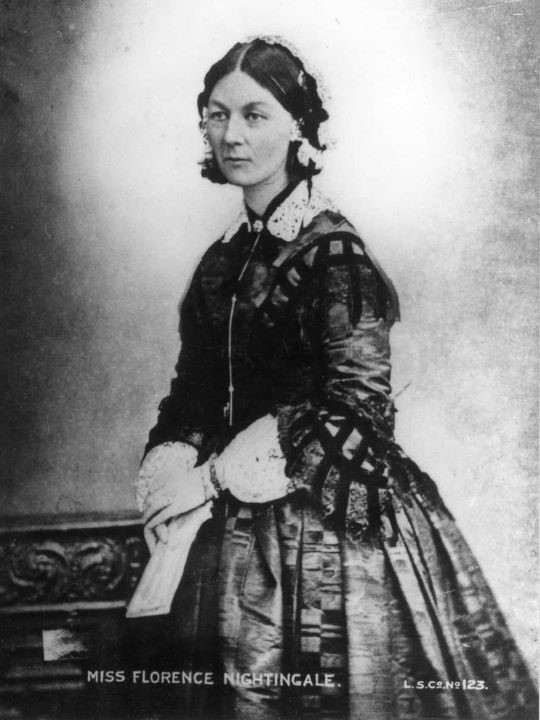
Florence Nightingale / PHOTO: British Red Cross Museum and Archives
Florence Nightingale (1820–1910)
Florence Nightingale is best known for her role in the foundation of modern nursing and her pioneering work in the graphical presentation of statistics.
Her work caring for soldiers during the Crimean War was an inspiration for Henry Dunant, the founder of the Red Cross and Red Crescent Movement.
In 1870, when her friend Robert Loyd-Lindsay (the first chairman of the British Red Cross) was trying to gain support for the formation of a National Red Cross Society in Britain, Nightingale backed him, publicly stating that he was ‘quite on the right track’.
Nightingale joined the Ladies Committee and participated in Red Cross work for the rest of her life. This included advising Loyd-Lindsay on Red Cross medical work in South Africa in the 1880s.
Until 1934, World Red Cross Day was celebrated on Nightingale’s birthday. And since 1912, The International Committee of the Red Cross has annually awarded the Florence Nightingale medal to exceptional nurses.

Beatrice Butsana-Sita, our current CEO / PHOTO: British Red Cross
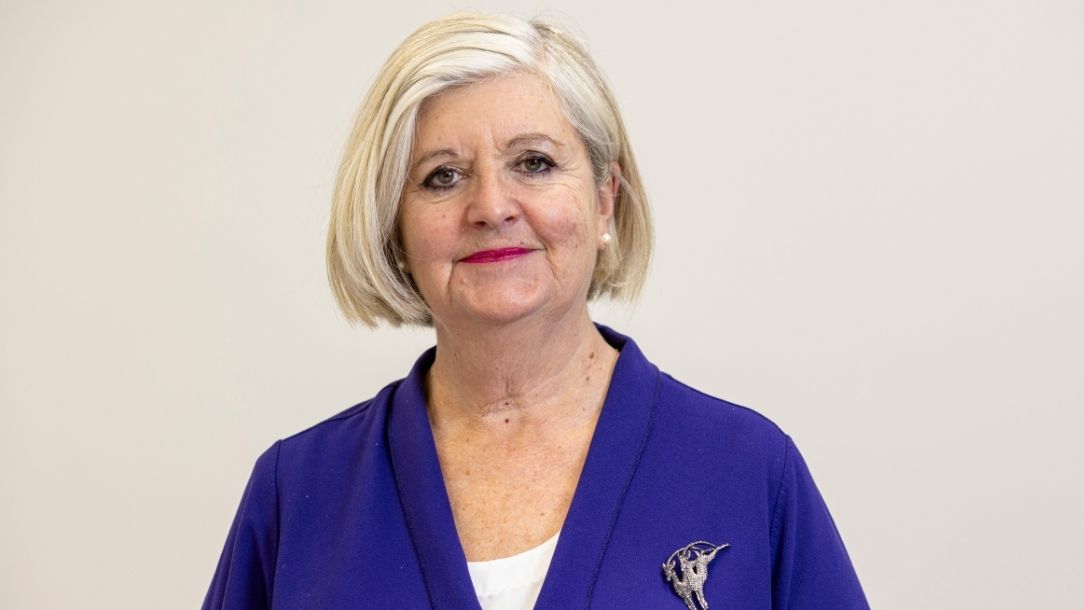
Liz Padmore, Chair of the British Red Cross. PHOTO: British red Cross
Our leaders today
In 1905, the National Society was officially transformed into the British Red Cross Society.
Unlike the gender-divided committees of the past, the new council was made up of both men and women. This brought an end to the Ladies’ Committee, but not the work of women within the British Red Cross.
In 2023, the British Red Cross appointed Beatrice Butsana-Sita as the organisation's new CEO.
"To join an organisation renowned worldwide for helping people in need is an enormous honour.... It will be a privilege to play my part so we can continue to help those who need us in the best way possible, now and in the future”, says Butsana-Sita.
Since 2022, Liz Padmore has been the chair of the British Red Cross.
Reflecting on her role, she expressed, “It’s such a privilege to chair this wonderful organisation, and I am delighted to be joined by Béatrice, our first female CEO. We share the same strong humanitarian values, and she has exactly the right skills to ensure we can be even more effective at helping those in need.”
- Want to find out more about the women from our history? Visit the British Red Cross Museum.